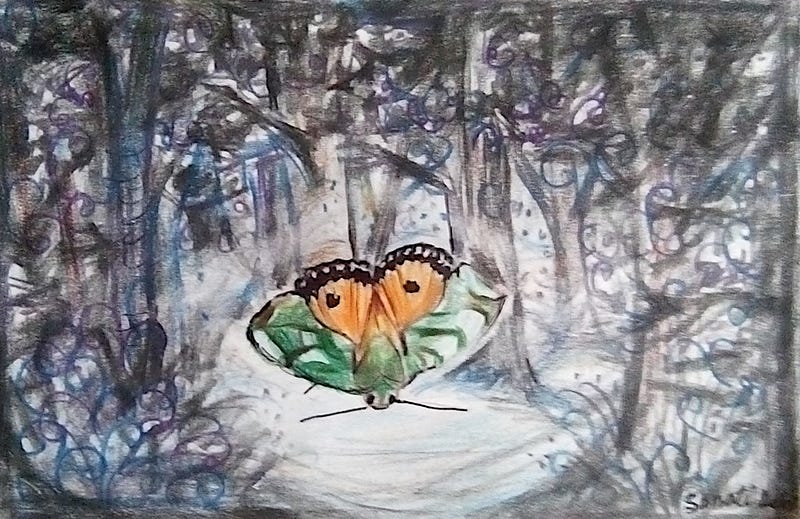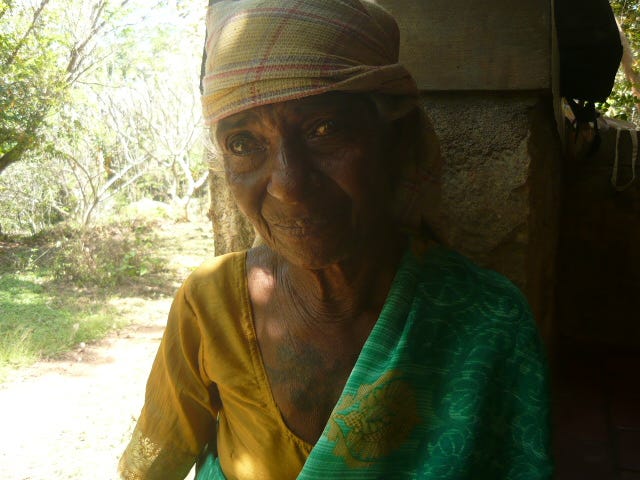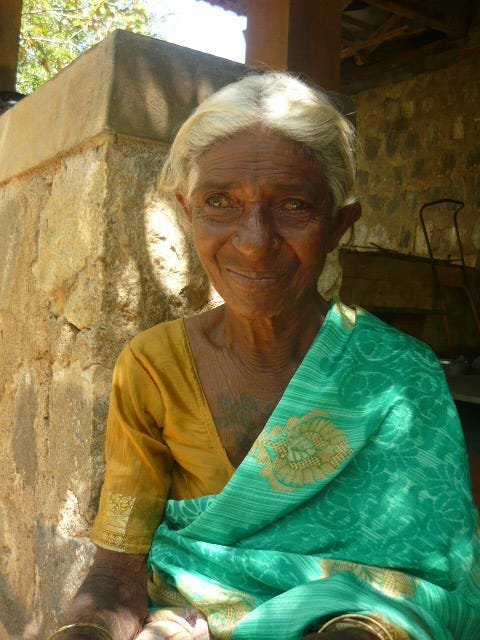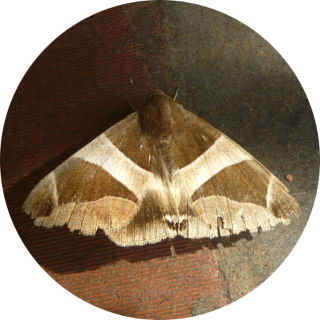
One cannot help but gasp with wonder and delight whenever one sees a butterfly flutter by.
We stop mid-sentence, if we are in a conversation, utterly distracted, and direct all our attention and also everyone else’s towards it.
Really, their beauty is so stunning and captivating.
Entomologists inform us that out of the 140,000 ( and counting) species of Lepidopterans, only 15% are butterflies…. and the rest? Moths!
Yet, although from the same family and with such a variety, moths hardly ever evoke such dramatic feelings in us. They hardly feature in our conversations unless we are interested in entomology or, in a bothersome way, during a power-cut when they come in the way of our candle flames or lanterns or when we worry about our woollens in our cupboards.
From a distance, unlike a butterfly, moths do appear nondescript. Only when one has had a closer look that we discover a whole new world of equally captivating beauty. Exquisite as a beautiful Dhakai-Jamdani weave or a finely woven Endi/Eri ‘Sador’ or an elegant Tussar silk sari. Interestingly, Endi/Eri silk and the Tussar silk both come from moths! Samia cynthia ricini and Antheraes paphia respectively.
But, it looks like, moths finally attained their glory, and in the most unexpected way, when they were immortalised in this beautiful, profound Sufi teaching story.
Perhaps, you are already familiar, perhaps not, but do let me share it here, for that way I shall be hearing it again as I re-tell it.
One night. One dark moonless night. Moths from all over, far and near had gathered together. Tormented by a Longing. They had seen a candle burning in a palace through an open window. They were all drawn to it but couldn’t quite understand it. They longed to know it and unite with it.
They wanted someone to enlighten them about it.
Finally, one bold moth flew to the palace, saw the candle through the window and flew back to report what he saw.
There was a wise moth amongst them. He shook his head and said, ‘Alas, he hasn’t understood’.
Then, another courageous moth flew to the palace, went through the open window, right into the room and passed close to the candle flame and touched it with his wing and flew back to report.
The wise old moth again shook his head and said, ‘Alas, he too hasn’t understood’
A third moth suddenly rose up and flew to the palace, in through the open window and threw himself into the candle’s flame. Entering completely into it’s embrace, flame and moth became one big flame.
The wise old moth nodded sagely and said, ‘This moth alone understands, and that is all.’
I hold Vellachiamma entirely responsible for triggering this train of thought by her unexpected visit.
Atithi is the apt word of choice here. A visitor without prior appointment/date.
Actually in these rural parts it is often the norm. Every day holds a promise of a surprise visitor. Could be a human or a black-naped hare or a family of peacocks and peahens. There is simply no knowing.
And so it happened a few days back. Sunder had just returned from Karumandurai with the shopping and had gone for his bath. I was busy with the unpacking and putting away of it, when I heard a husky, female voice calling out, ‘Saar! Amma!’
I went out to the verandah and found an old lady, her head covered by a faded checked thoondu (towel), wearing a floral synthetic sari, standing, her feet inside the popular, black coloured, moulded-plastic VKC slip-ons, clutching a yellow cloth bag and smiling sweetly.
I greeted her with, How are you? and enquired if she wanted something. Usually, folks from all these surrounding villages come to us for a seetu, a letter of introduction to our friends, the good doctors of Sittilingi (Tribal Health Initiative)
Then she threw at me. ‘Oh don’t you recognise me?’
That made it tricky. So I avoided a direct reply and instead invited her to sit, saying, ‘It has been so long since we last met’ and talked about her crops and weather, wishing all the time for Sunder to quickly emerge from his bath and solve the mystery of her identity. When he eventually did, he too couldn’t quite place her!
Only after a lot of this and that, we finally saw light!
She was Vellachiamma from Valagapattu, our neighbouring village, east of us. Her husband was Sadayan, who passed away a few years back and one of our earliest acquaintances when we first arrived.
In fact her son Palani and his wife Palaniamma were the youngest members of the team who helped to build our house. As for Vellachiamma herself, we didn’t have much interaction with her at that time, perhaps because she was busy.
Which means, we were meeting actually after a long time.
After twenty years in fact!
And so we chatted.
She was happy to talk, about the doings of her grandchildren and the good rice harvest this year. She was lucky to have got it all dried before the unexpected rains. Many were not as lucky and had lost their straw. Then her eyes moistened up talking about her husband who she missed and the untimely death of her married daughter.
Just then, I spied the intricate patterns tattooed on her chest, peeping out above her sagging blouse.
‘What a pretty tattoo you have here!’
‘Oh that! (beaming with amusement and perhaps some pride) I had it done when I was quite young in my own oor, in Karnambattu’. A hill village further north of our hills.
Then I noticed she had some more of them, birds and intricate geometrical designs on the inside of her arms. She allowed me to take her arms in my hands for a closer look.
There were tattoos on the entire length of both her legs too. A little faded on her weather-beaten, wrinkled skin.
‘Nowadays nobody gets this done here. Times have changed. Kaalam mari pochu. It stopped ever since the Pachche Kuthukarans (literally meaning Green-Tattooists) stopped coming.
The Pacche Kuthukarans were nomads who used to appear in these hills once every year. The two communities would then exchange services and goods. Medicinal herbs, grains and such like in exchange for metal tools, trinkets and tattoos. Men and women alike adorned their bodies with tattoos. The belief here is that, these nomads also blessed these hills with good rains!
The village elders say, that these nomads stopped visiting some four or five years before we showed up.
That makes it about twenty five odd years ago.
Usually, I hesitate to photograph people like this, but I took the chance and asked Vellachiamma if it was alright.
To my surprise and delight she seemed game. I got the camera out.
I took a picture and showed it to her.

She laughed and said it was nice. Then, on second thoughts, she said, pointing at the picture, that perhaps it would have been better without her thoondu covering her head.
Camera-shy she definitely was not!
So I took another picture without the thoondu after she smoothened her white hair.

Recently, inspired by Viji and Sudhir (Sunder’s sister and brother-in-law) who are not only great cooks but also generous in sharing recipes, I have been making this Japanese snack called Okoshi. Sweet-salty-spicy puffed rice crispies. So I offered her some. Some to eat now and some packed for her to take home, along with some of our lemons.
After she finished slowly chewing her okoshi she decided to head back home and invited us to visit her sometime.To which we said we surely would.
She had actually come to get some supplies from the Ration shop but alas had to return empty handed. Not because of lack of supplies or a bunk by the Ration shopkeeper but because of the lack of internet connectivity! Machine le tower ille. Times have indeed changed. Then she had felt like seeing us and so she had climbed up the slope just to see us! It has been so many years since we saw each other.
She got up to leave. She collected her yellow bag. Now, apart from her ration card there were some lemons and okoshi in it. She put her checked thoondu back on her head. Pressed her feet into the black VKC slip-ons and made her way down our slope onto the hot-hot pucca road (protected by her VKC), leading to Valagapattu. She became smaller and smaller as she walked away. Became obscure and nondescript.
Just like a moth.

